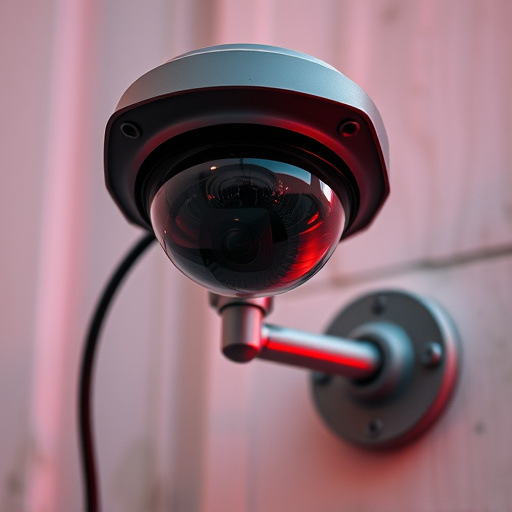The market for realistic fake cameras has seen a surge in demand from businesses seeking enhanced security, offering cost-effective and discreet solutions for various security needs, including crime deterrence and asset protection. These devices range from static to AI-driven models and are particularly effective in retail and industrial settings. However, ethical considerations like transparency, clear communication, and compliance with data protection regulations are crucial for responsible implementation to avoid infringing on privacy rights.
Realistic fake surveillance equipment has emerged as a game-changer in the security landscape. This technology, designed to mimic genuine cameras, offers businesses an innovative solution for enhancing security without revealing the actual presence of monitoring systems. Understanding the market demand and ethical implications is crucial. From retail stores to corporate offices, realistic fake cameras provide a covert way to deter crime and improve operations. This article explores the types, applications, and best practices surrounding this intriguing technology, specifically focusing on its business uses.
- Understanding the Market for Realistic Fake Cameras
- Types and Applications of Realistic Looking Surveillance Equipment
- Ethical Considerations and Best Practices for Using Fake Cameras
Understanding the Market for Realistic Fake Cameras
The market for realistic fake cameras has seen a significant surge in demand, particularly among businesses prioritizing security and deterrence. Realistic Fake Cameras for Business are no longer mere props or novelties; they serve as powerful tools to enhance physical safety and psychological perception of security. From retail stores seeking to prevent theft to corporate offices aiming to safeguard sensitive information, these fake surveillance devices offer an affordable and discreet solution.
This growing trend reflects a broader shift in the way businesses approach security. By strategically placing realistic fake cameras, companies can create the illusion of heightened surveillance, deterring potential criminals without incurring the high costs associated with extensive real camera systems. This clever use of deception is especially prominent in high-risk areas like jewelry stores, banks, and data centers where a strong visual deterrent is crucial.
Types and Applications of Realistic Looking Surveillance Equipment
Realistic fake cameras, also known as mock or decoy surveillance equipment, come in various types designed to suit different business needs and applications. These include static cameras, typically used for deterring crime by signaling potential perpetrators that they’re being watched; mobile units, ideal for temporary security measures like events or construction sites; and even advanced AI-driven models that can mimic real camera behavior, providing a more dynamic and convincing presence.
Business applications span from retail to industrial, with realistic fake cameras helping to prevent shoplifting, deter vandalism, and enhance overall safety. In the industrial sector, they can be employed to safeguard valuable equipment, monitor construction progress, or secure sensitive areas. The versatility of these devices makes them a valuable asset for any business concerned about security, offering a cost-effective solution without the need for extensive physical surveillance infrastructure.
Ethical Considerations and Best Practices for Using Fake Cameras
Using realistic fake cameras, also known as mockup or decoy surveillance equipment, can be a strategic tool for businesses aiming to enhance security and deter potential criminals. However, there are significant ethical considerations to navigate when deploying such technology. One primary concern is maintaining transparency and avoiding deception. While these fake cameras may look authentic, their presence should not mislead individuals into believing they are being monitored constantly, as this could infringe on privacy rights and foster a sense of distrust.
Best practices dictate that businesses clearly communicate the use of realistic fake cameras to employees, customers, and visitors. Discreet placement and regular maintenance to ensure their lifelike appearance are essential. Businesses should also consider the legal implications and comply with data protection regulations. Additionally, striking a balance between security measures and employee/customer comfort is crucial. Realistic fake cameras can be effective tools when implemented responsibly, ensuring a secure environment without compromising ethical boundaries.
Realistic fake surveillance equipment has emerged as a versatile tool with diverse applications in various industries. From enhancing security measures to aiding in training and research, these cameras offer a unique solution tailored to specific needs. However, it is essential to navigate the market responsibly, adhering to ethical guidelines and best practices, especially when deploying such technology for business purposes. By understanding the types, applications, and potential impacts, businesses can make informed decisions regarding the strategic use of realistic fake cameras while ensuring privacy and security remain paramount.
